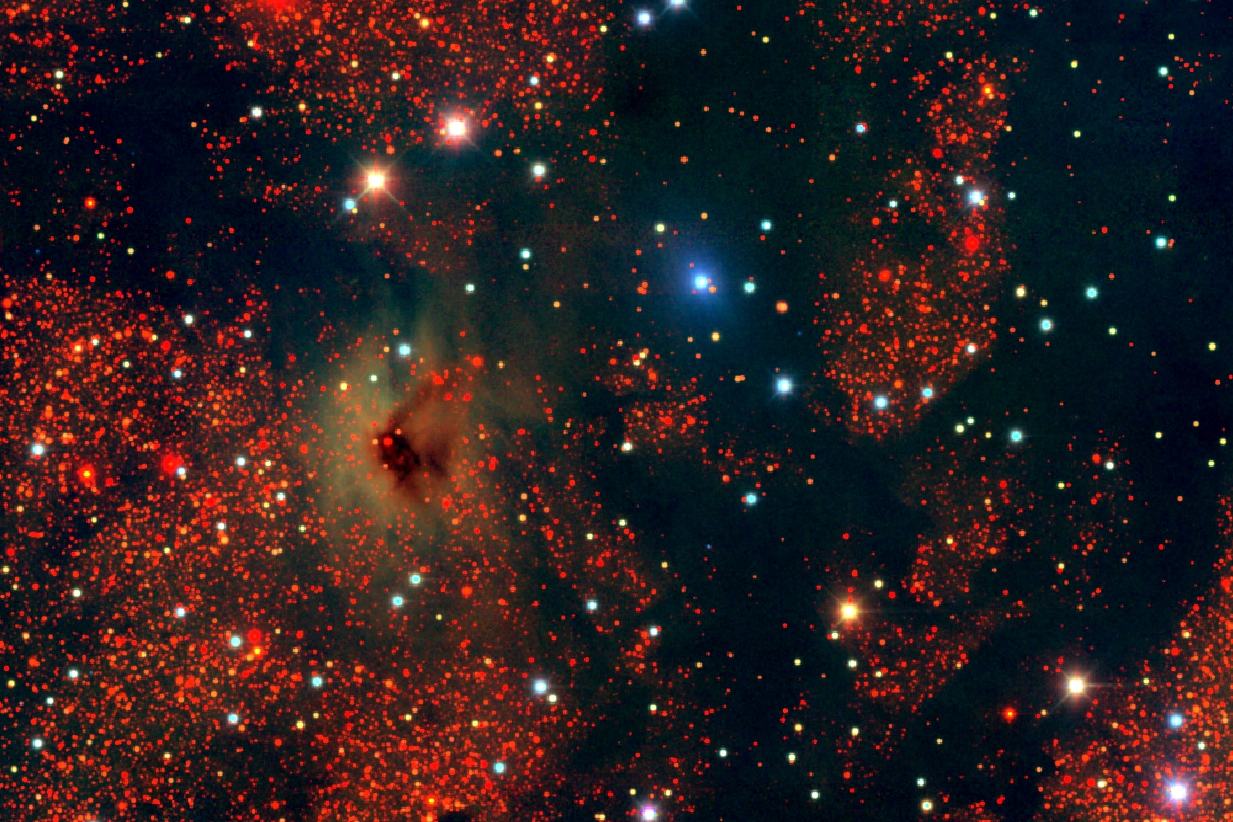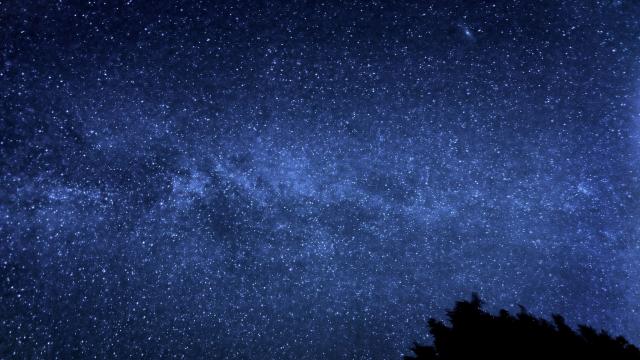The Milky Way isn’t just stars orbiting a black hole — it’s loaded with dust and debris, floating with reckless abandon in the space between solar systems. And like the stuff that accompanies bushfires or windy days in the desert, dust makes it hard to see.
Image: Flickr user Andyspictures/Flickr
Scientists trying to figure out how that dust might get in the way of their observations made a model of our dusty Milky Way. It looks like the first 3D plane-flying video game as viewed through a pair of dirty goggles, or a scene from a Darren Aronofsky movie. Until you realise you’re flying around the galaxy, of course.
There are plenty of fun space simulations out there, but this one serves an important purpose. Dust can block out blue light in favour of red light, giving us inaccurate information through our telescopes. That means astronomers need to know the chemical makeup, shape and size of the dust grains in order to correct for their effect, according to an article published by a team of American scientists today in The Astrophysical Journal. The outcome — how the dust affects the light we measure — is described by an equation called the extinction curve.
The scientists created extinction curves from data collected by the Pan-STARRS telescopes in Hawaii and the Sloan Digital Sky Survey, which operates out of a telescope at Apache Point Observatory in New Mexico. Combined with another research group’s distance estimates to the dust, and yet another’s Milky Way dust map, you get the trippy visuals above, which show dust in a region of the Milky Way thousands of kilometres wide.

Dust reddening stars (Image: Legacy Survey/NOAO, AURA, NSF)
And we need the data for many reasons. Scientists are trying to make 3D maps of the entire universe with experiments like the Dark Energy Spectroscopic Instrument (DESI), and dust can distort that map. Efforts like this can help identify regions of space where the light we’re seeing isn’t an accurate reflection of what’s really out there.
Anyway, it’s Thursday. Take it easy and take solace in the fact that you’re just a dust grain in our vast Milky Way.
